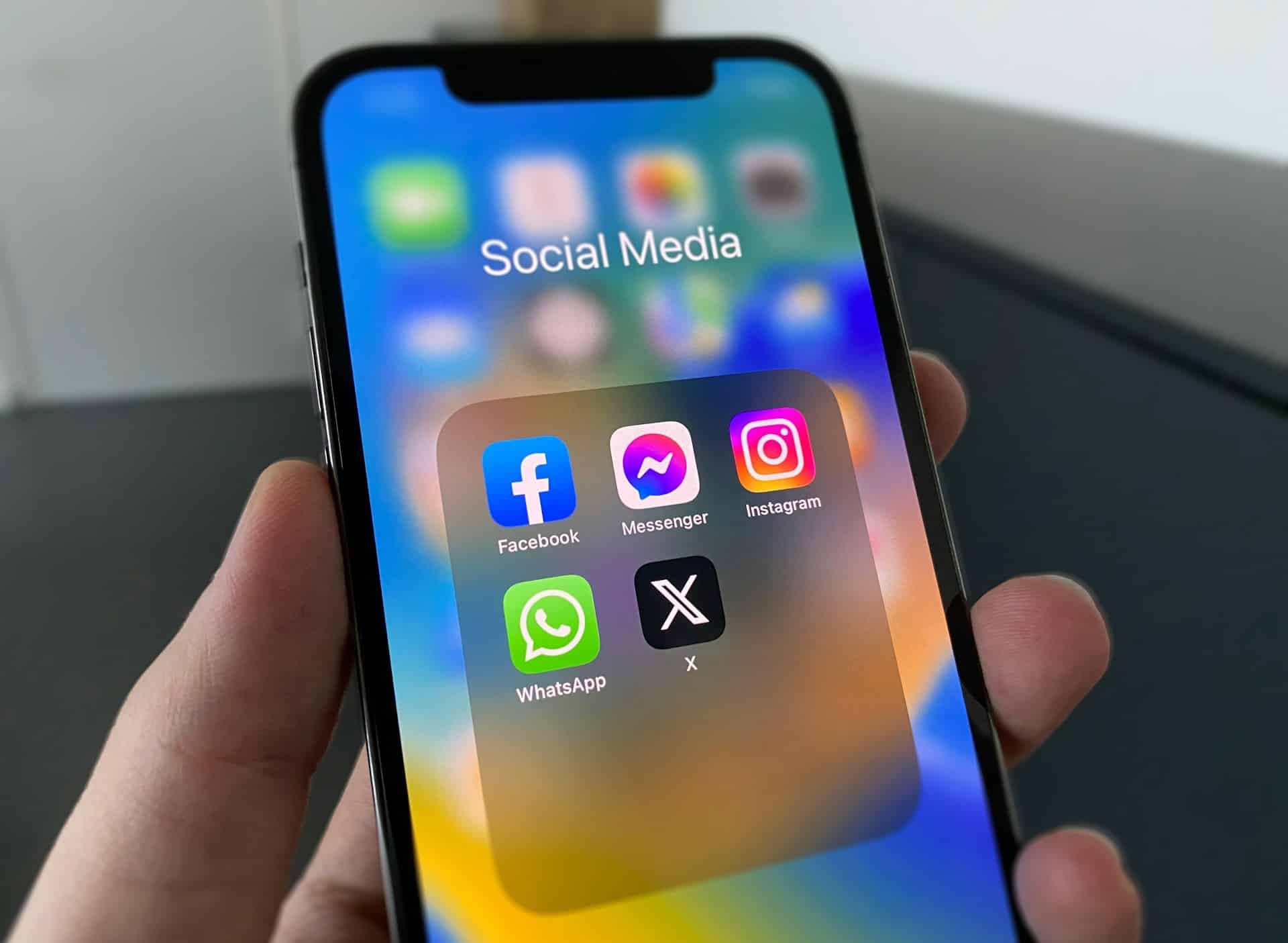Social media connects millions of people daily. It’s a place to share news, opinions, and ideas. But it also spreads false information quickly. Just as TonyBet Canada uses tools to attract users, social media platforms use algorithms to keep people engaged, even if it means sharing misleading content.
IMAGE: UNSPLASH
Why Fake News Spreads So Fast
Social media platforms are designed to show popular posts first. These posts often include shocking or false news because they grab attention. When people share this content, it spreads even further, making it hard to stop.
The Role Of Algorithms
Algorithms decide what users see on their feeds. They prioritize content that gets clicks and comments. Unfortunately, false stories are often more exciting than the truth. This system pushes fake news to the top and spreads it faster than facts.
How Disinformation Affects Society
Disinformation divides communities. It makes people believe false stories and trust less in real news. This can lead to fear, confusion, and anger. Some groups use disinformation to target others or push political agendas, creating more problems.
The Business Of Misinformation
Social media companies make money from ads. The more time users spend online, the more ads they see. This focus on keeping users engaged allows fake news to thrive because it attracts attention, even if it harms people.
Educating Users To Spot Fake News
Teaching people to recognize fake news can help reduce its impact. Schools and community programs should show users how to check sources and think critically about what they read online. This knowledge can stop the spread of false information.
Regulating Social Media Platforms
Governments should create rules to control how social media platforms work. These rules can force companies to be more transparent about their algorithms. Platforms must also take responsibility for removing harmful content quickly.
The Role Of Influencers In Disinformation
Influencers have millions of followers and can spread information quickly. When they share unverified news, it reaches large audiences. Some influencers unknowingly spread fake news, while others do it for personal gain. Platforms must ensure influencers share accurate information.
The Danger Of Deepfakes
Deepfakes are fake videos made using advanced technology. They make people appear to say or do things they never did. These videos confuse viewers and spread lies. Social media platforms need better tools to detect and remove deepfakes before they go viral.
Misinformation During Elections
Social media becomes a tool for misinformation during elections. Fake news about candidates influences voters and damages democracy. Governments and platforms must work together to stop these practices. Transparency about political ads is essential to ensure fair elections.
Community Moderation As A Solution
Some platforms allow users to moderate content through reports or fact-checking programs. These efforts help remove harmful content faster. However, platforms must provide proper training and tools to community moderators to ensure they are effective and unbiased.
Protecting Privacy While Fighting Disinformation
Fighting disinformation requires tracking harmful content, but privacy must be respected. Platforms should use methods that don’t expose personal data. Finding the balance between privacy and safety is crucial for fair and ethical solutions.
Steps Platforms Can Take
Social media companies can invest in better tools to detect and stop disinformation. Promoting accurate news and limiting the reach of false stories is essential. These changes make platforms safer and more reliable for everyone.
How Algorithms Spread Fake News
Social media algorithms push content that gets lots of reactions. Fake news often gets more clicks than facts. This makes false stories spread quickly. Platforms should change algorithms to show trustworthy information instead.
Why Fact-Checkers Are Important
Fact-checkers review and verify claims online. They help stop fake news by flagging false posts. But they can’t review everything because there’s too much content. Platforms should support these groups with better tools and funding.
Teaching People To Spot Fake News
Learning how to spot fake news can stop its spread. Schools can teach students how to check if a source is reliable. Simple lessons on media literacy can help people question what they see online.
Fake Health News Hurts People
False health advice spreads fast on social media. It can scare people or lead them to unsafe treatments. Platforms should remove fake health posts and share advice from trusted doctors and organizations instead.
Fake News Makes Money
Some websites make money by sharing fake news that gets lots of clicks. Ads on these sites bring in revenue. Platforms should stop supporting these sites and remove their ads to reduce the spread of misinformation.
Fake News Affects The World
Fake stories don’t stay in one country. They spread across borders and cause problems everywhere. Governments and platforms need to work together to stop fake news from harming international relationships.
Conclusion
Disinformation on social media is a serious issue. By regulating platforms, teaching users, and improving algorithms, we can reduce its harm. Working together can create a fairer and more informed online world.
IMAGE: UNSPLASH
If you are interested in even more social media-related articles and information from us here at Bit Rebels, then we have a lot to choose from.


COMMENTS